As a CIR (Coordinator for International Relations), I was invited to a trial tour in Higashiyoshino, which was such a wonderful experience. The purpose of the visit was to experience the food and history of this Japanese Heritage site with my mind and body.
Higashiyoshino Village is located in the east-central part of Nara Prefecture, bordering Mie Prefecture. As I am still new to Japan, I am not familiar with this area at all, so I was looking forward to discovering something new.
When we arrived at Nabari Station, a bus was already there to pick us up, and many other participants had already gathered. After exchanging brief self-introductions, we began to talk about the trip in a lively atmosphere. Once all the participants were assembled, it was time to depart for Higashiyoshino!
The bus drove through beautiful roads lined with straight trees. Occasionally, we saw a dead tree that had fallen over. At that moment, I sensed the true meaning of the saying, "Even dead trees are a blessing in the mountains.”
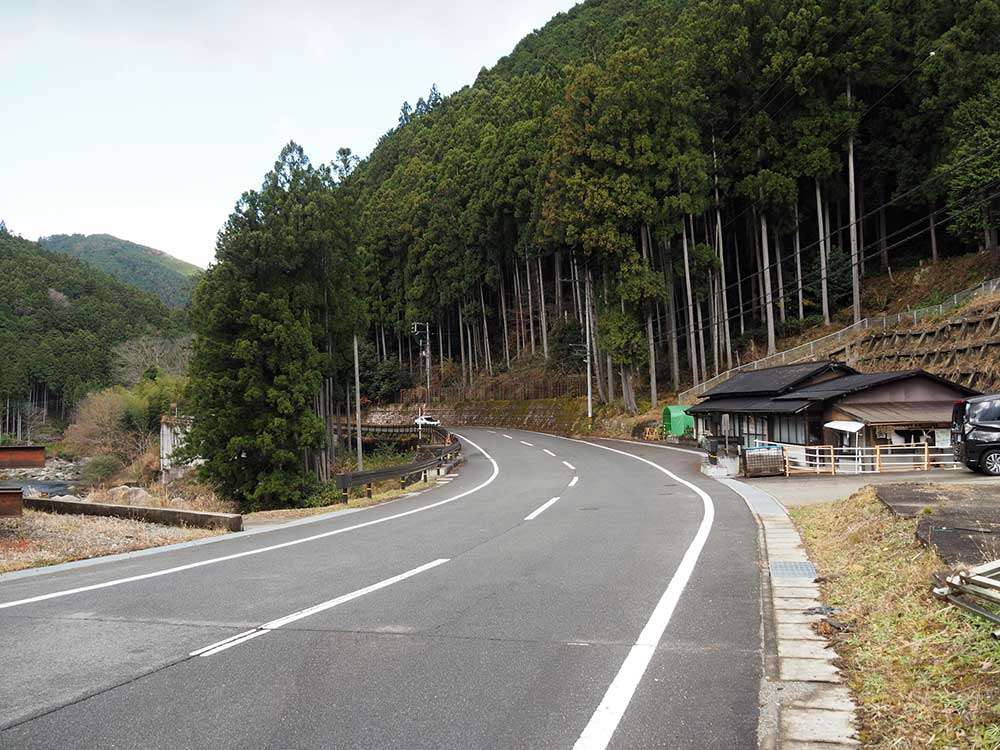
Traditional Persimmon Leaf Sushi & Bento
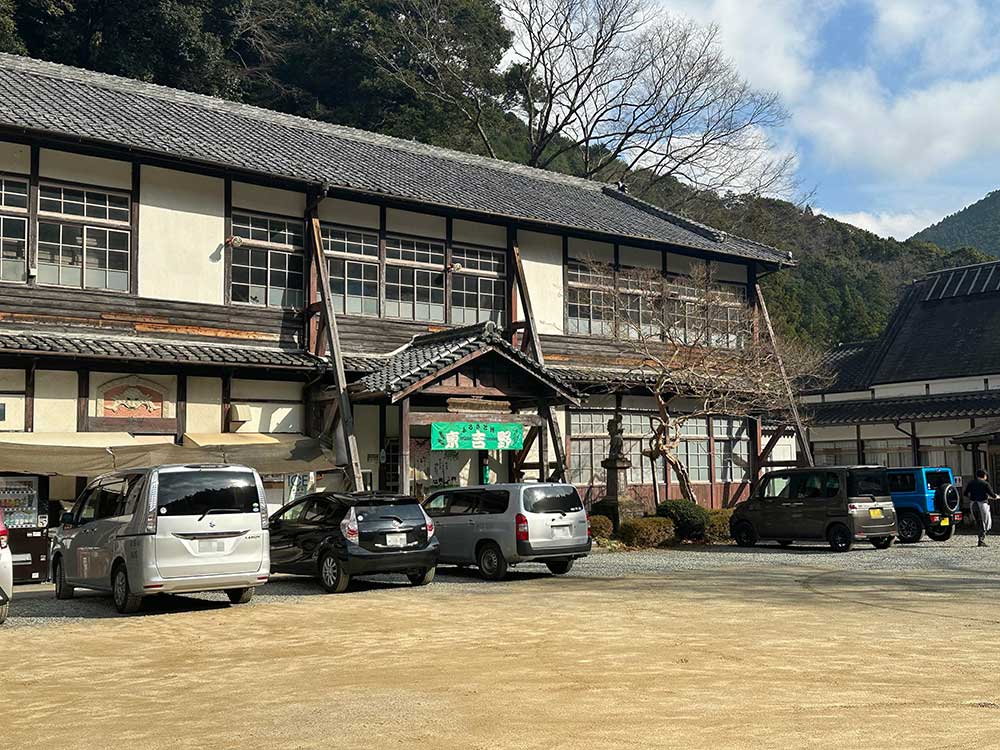
After about an hour, we arrived at a place called Furusato-mura. Due to the cold weather, we were taken indoors as soon as we got off the bus.
Staff members with kind, warm smiles were already preparing the food. They all wore name tags, and some of them were married couples working together. Their friendliness and warmth made me feel instantly welcomed as part of the family.
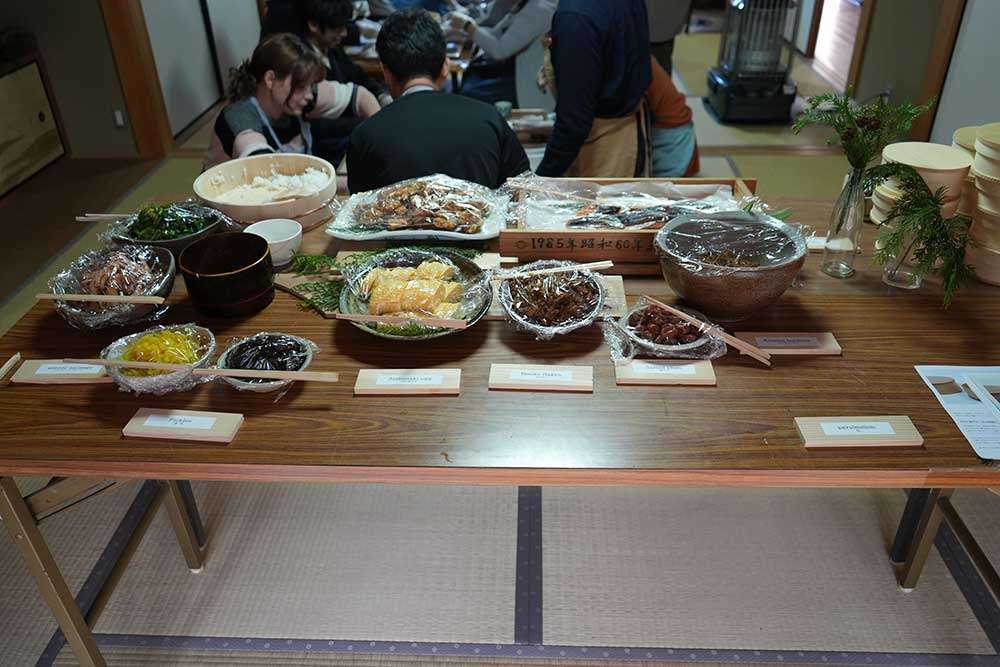
The clear white rice, tamagoyaki (egg omelet), mackerel, salmon, and persimmon leaves arrived one after the other. We donned aprons, washed our hands clean, and began learning how to make kakinoha zushi (persimmon leaf sushi).
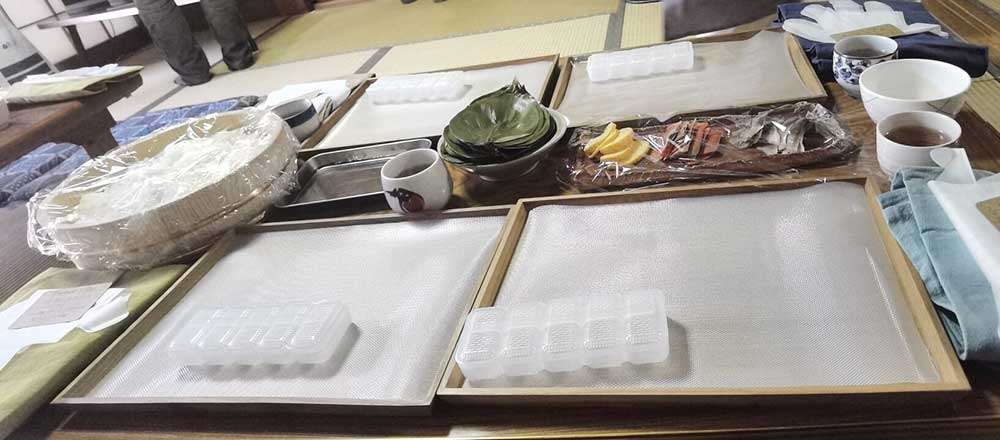
People living in Higashiyoshino are accustomed to bringing their own lunch because forestry usually requires them to work all day, starting in the morning. Nutrition is necessary for hard work, which is why they are so creative with their lunches. Fish is an excellent source of protein, and fresh local vegetables are also incorporated.
Persimmon leaves have a sterilizing effect, which also has the advantage of prolonging the shelf life of sushi. The flavor of the persimmon leaf transfers to the sushi and gives it a unique and savory taste, making it a long time favorite.
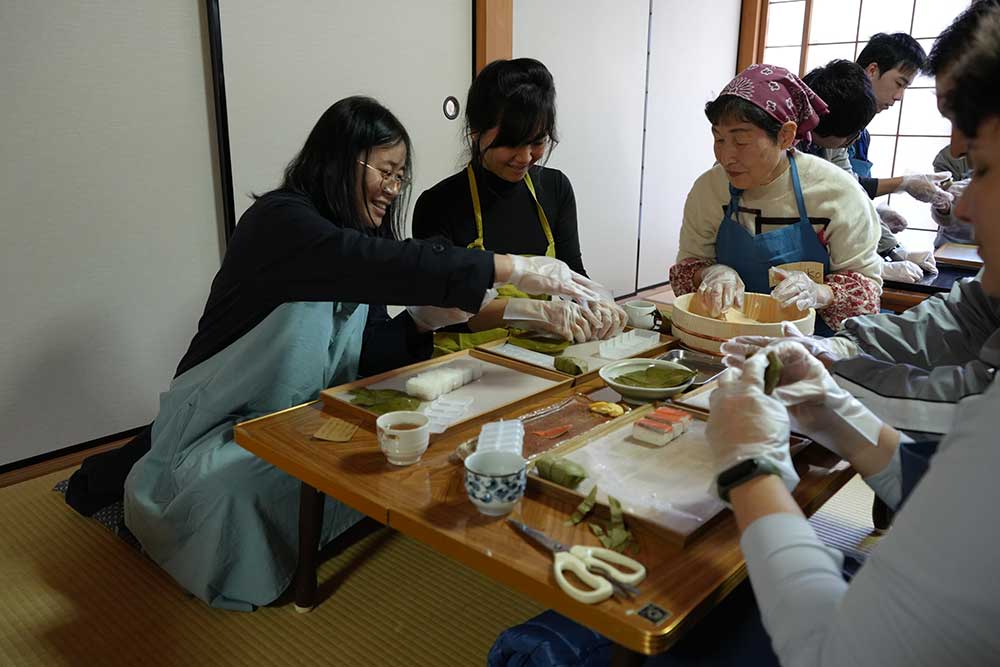
Staff members carefully taught us how to make kakinoha zushi. Everyone worked hard to make sushi with all their heart.
“You’re very good.”
“Beautifully done.”
I received so many compliments.
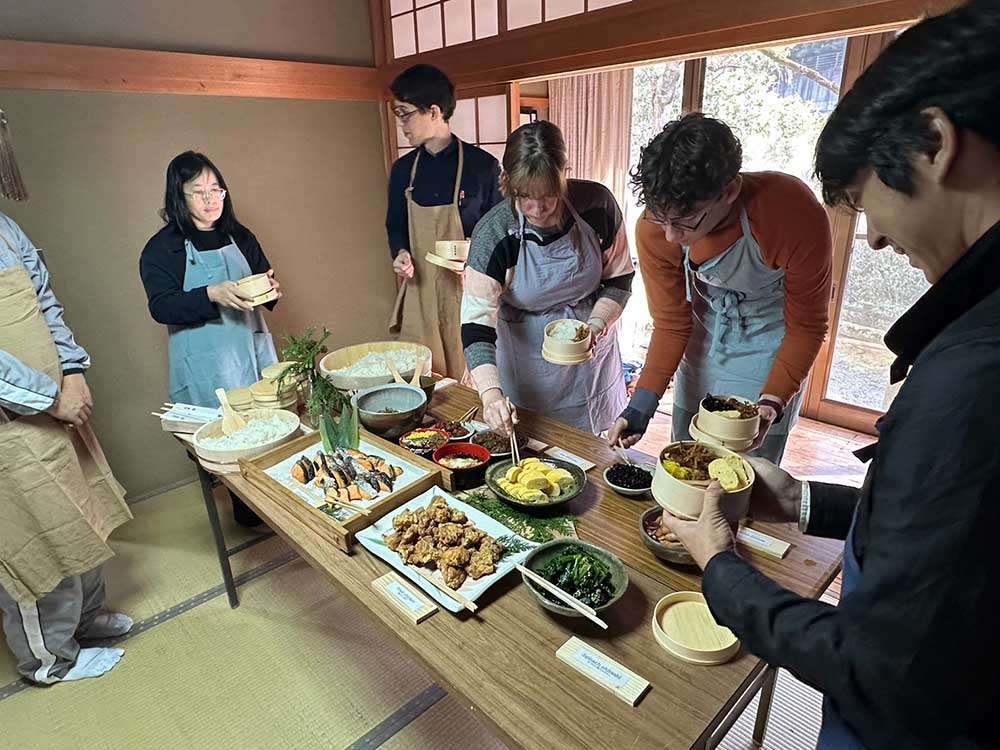
Finally, it was time to eat. We selected side dishes one by one and packed them in our bento boxes. The sushi was also placed on the table.
“Itadakimasu (the phrase Japanese people say before eating),” we all said in unison and began to eat.
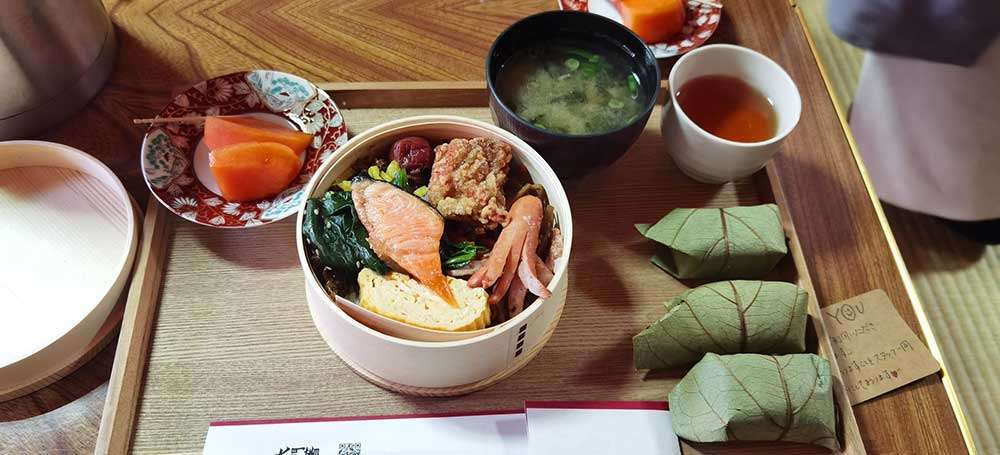
“Yummy!”
“Such a bliss!”
I finished my big portion of rice without leaving a single grain.
Not only did everyone enjoy a delicious bento, but there was something else interesting. It’s the round bento box and disposable chopsticks. The cute-shaped bento boxes made the lunches even tastier.
The chopsticks were longer than the common ones, thin and sleek, and very easy to use. I was told they were disposable, but I thought using them only once would be a waste, so I decided to clean them and take them home. I will continue to use them with care.
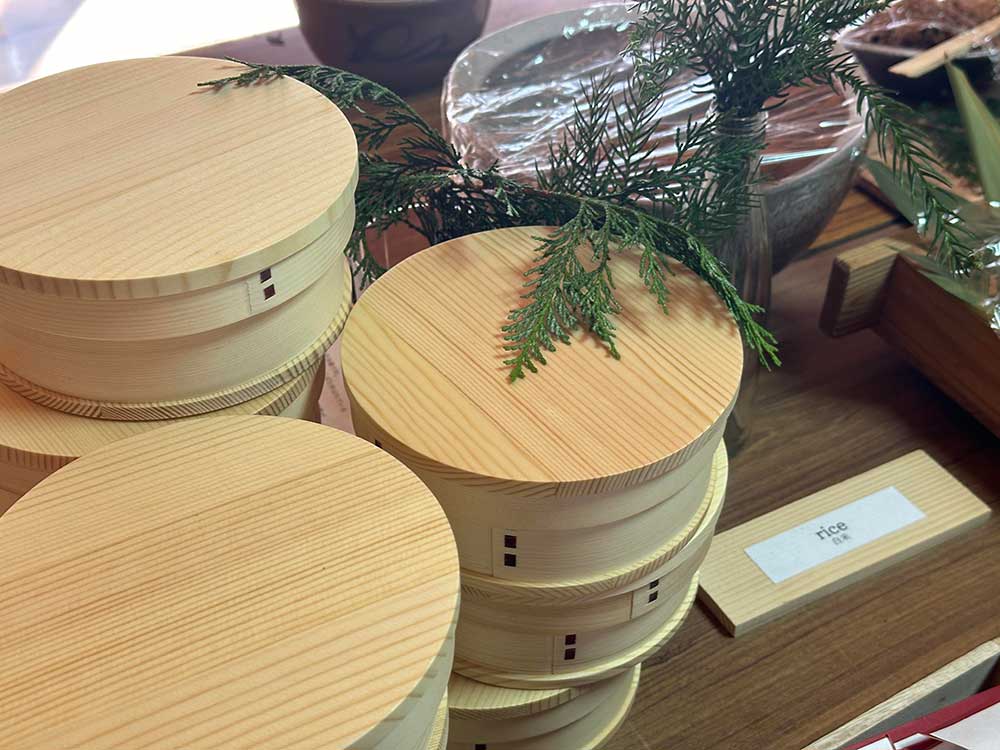
Niu Kawakami Shrine
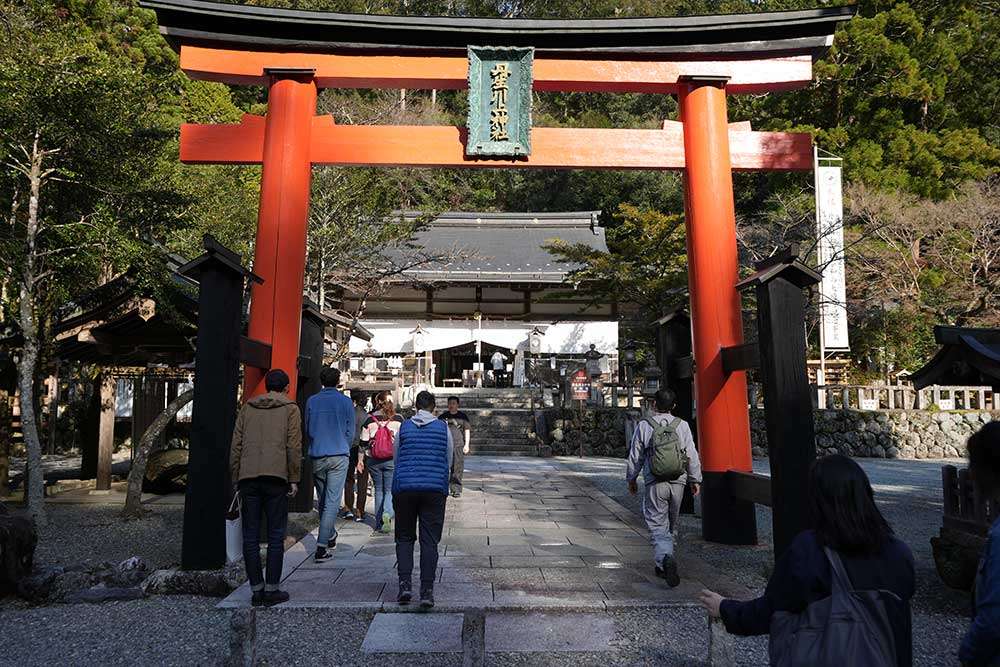
Next, we visited the Niu Kawakami Shrine (the Middle Shrine). With the main shrine building behind us, we proceeded to the left to see a large cedar tree, Kanae-no-Osugi (wish-fulfilling large cedar), the largest cedar tree in Japan. Its thick trunk gave me a strong feeling of strength and vitality. I prayed for my family's health and wishes, hugging the massive tree. It was a special moment and very moving. Trees are a source of healing and power for us, and contact with nature leads to physical and mental health and happiness. As I thought about this, I felt deep emotion and peace in my heart.
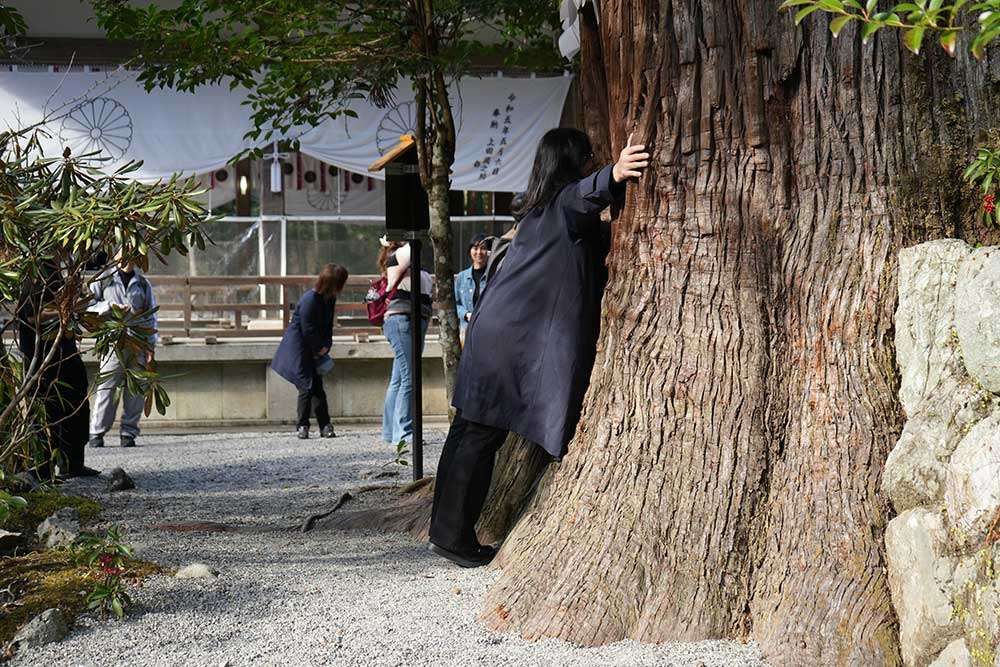
Good Luck Dragon Balls
After receiving one of the sacred dragon orbs at the shrine, we walked a short distance to Yumebuchi, where three rivers converge.
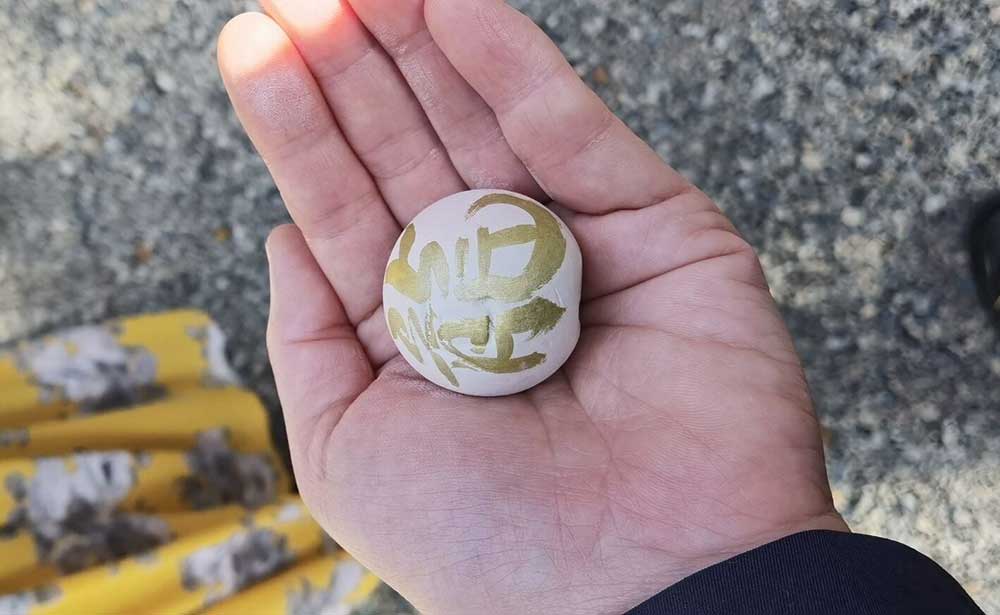
When I arrived at Yumebuchi, I blew into the hole of the dragon orb three times and prayed sincerely to receive the blessings of the dragon god. Then I threw it into the Hingashi-no-taki Falls (East Falls), and I instantly felt as if I was one with the power of nature.
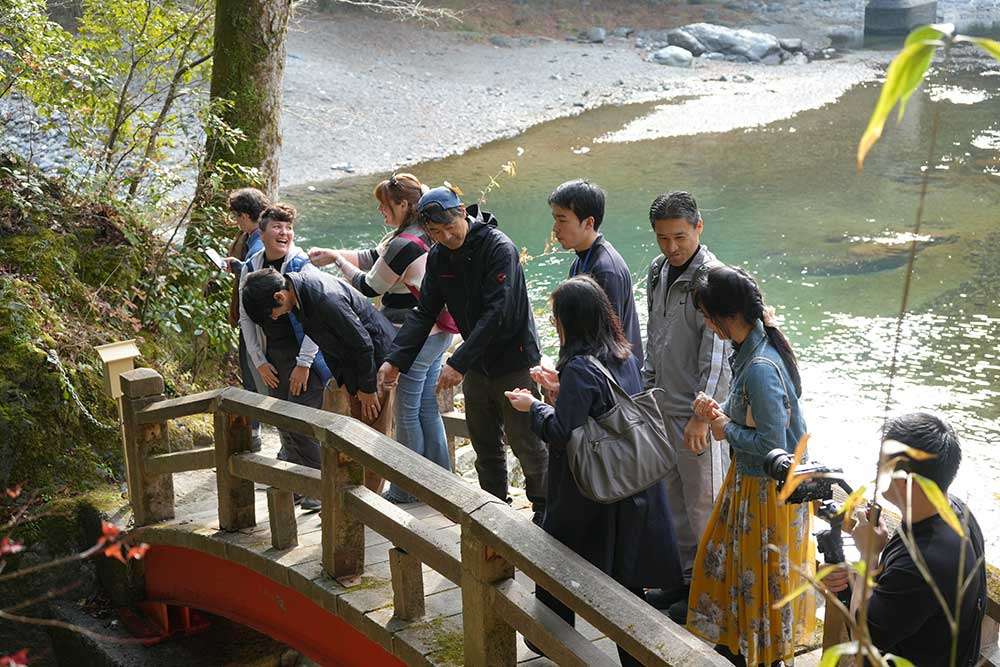
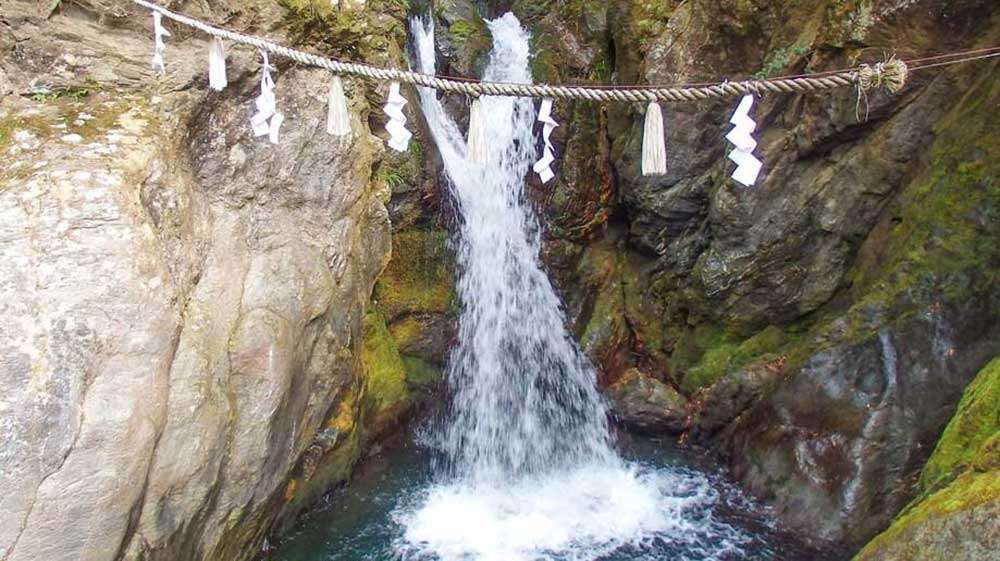
Forestry Tour
Then, we hopped on the bus to go on a forestry tour in the mountains. I had only seen the trees in the mountains from afar before, but this was the first time I could see them so closely.
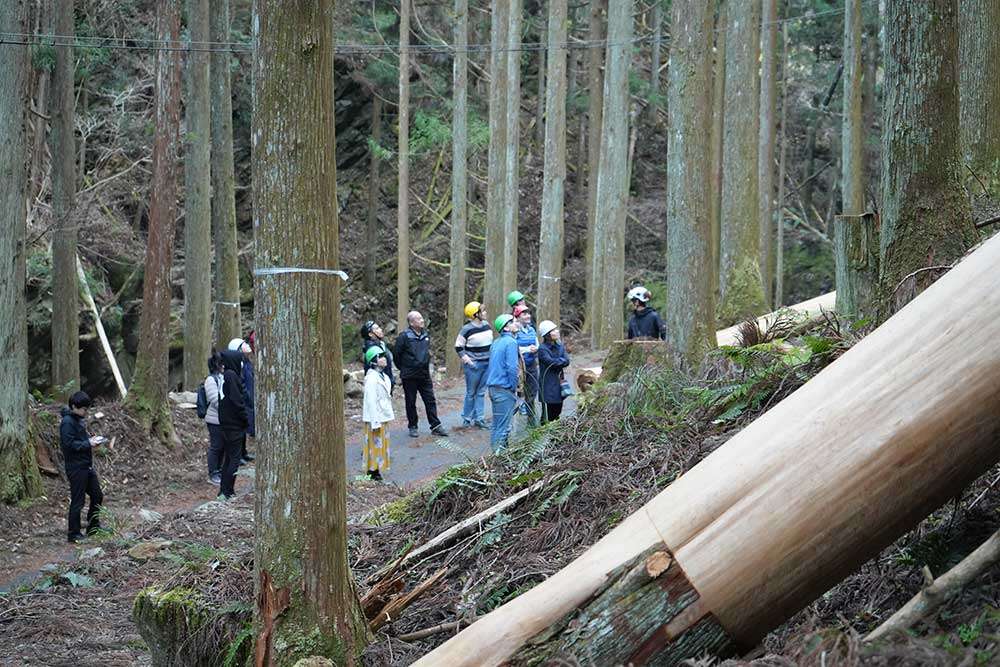
We all wore helmets, and our guide led the way while explaining about the forestry industry in Higashiyoshino. To a layman like me, the trees there looked like natural forests no matter how I looked at them carefully, but to my surprise, more than 90% of the trees were actually artificially planted! Many of them have been standing there for over 70 or 80 years.

Wait a minute. That means the predecessors worked hard to plant saplings here 70 or 80 years ago.
When I asked the price of one tree, I was told it was roughly 80,000 yen. I cannot say it is cheap, but considering that the tree has been growing for more than 70 years, I felt that the predecessors’ efforts in planting and caring for the tree with great effort have paid off.
Indulging in Food, History, and Nature
Higashiyoshino Village offers me a brand-new experience unique to this mysterious and traditional region, as well as magnificent nature. With the development of industry and civilization, people are moving further and further away from nature. If you are living a busy city life, do visit Higashiyoshino when you feel pressured. Just looking at the trees that have been quietly growing there for a while will surely heal your heart.

